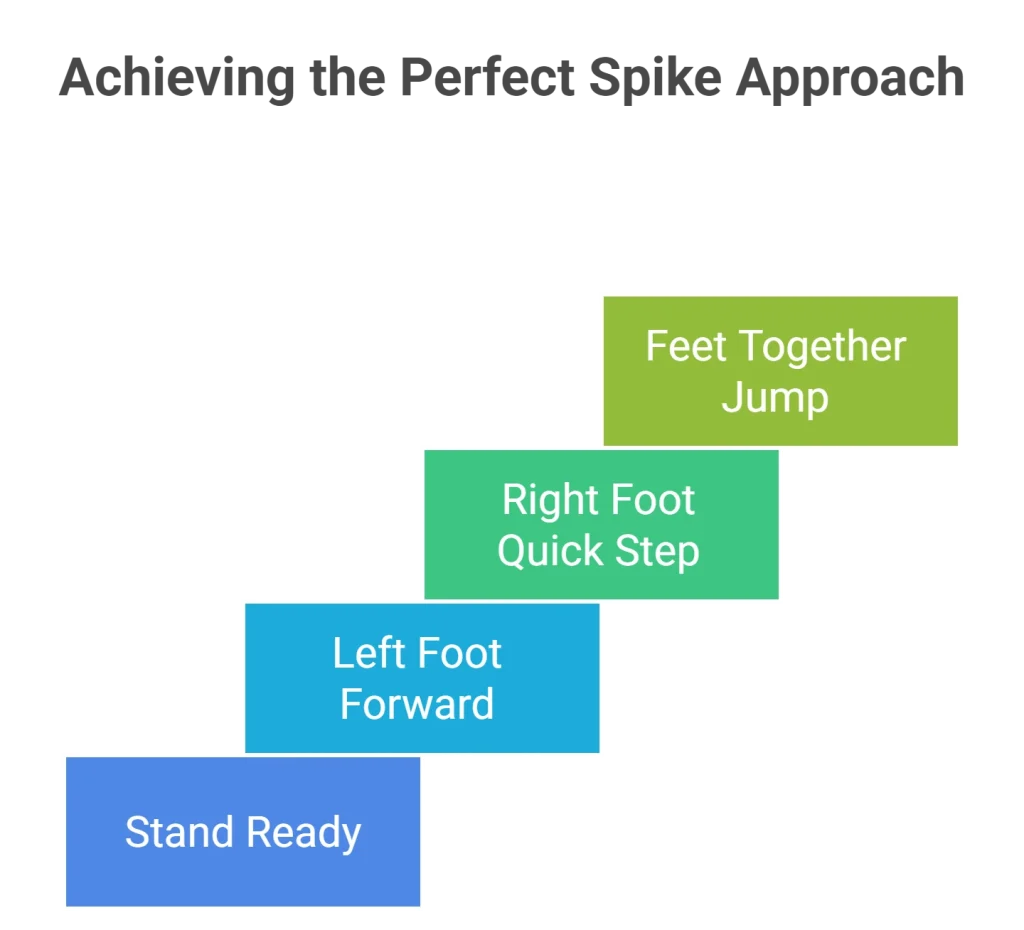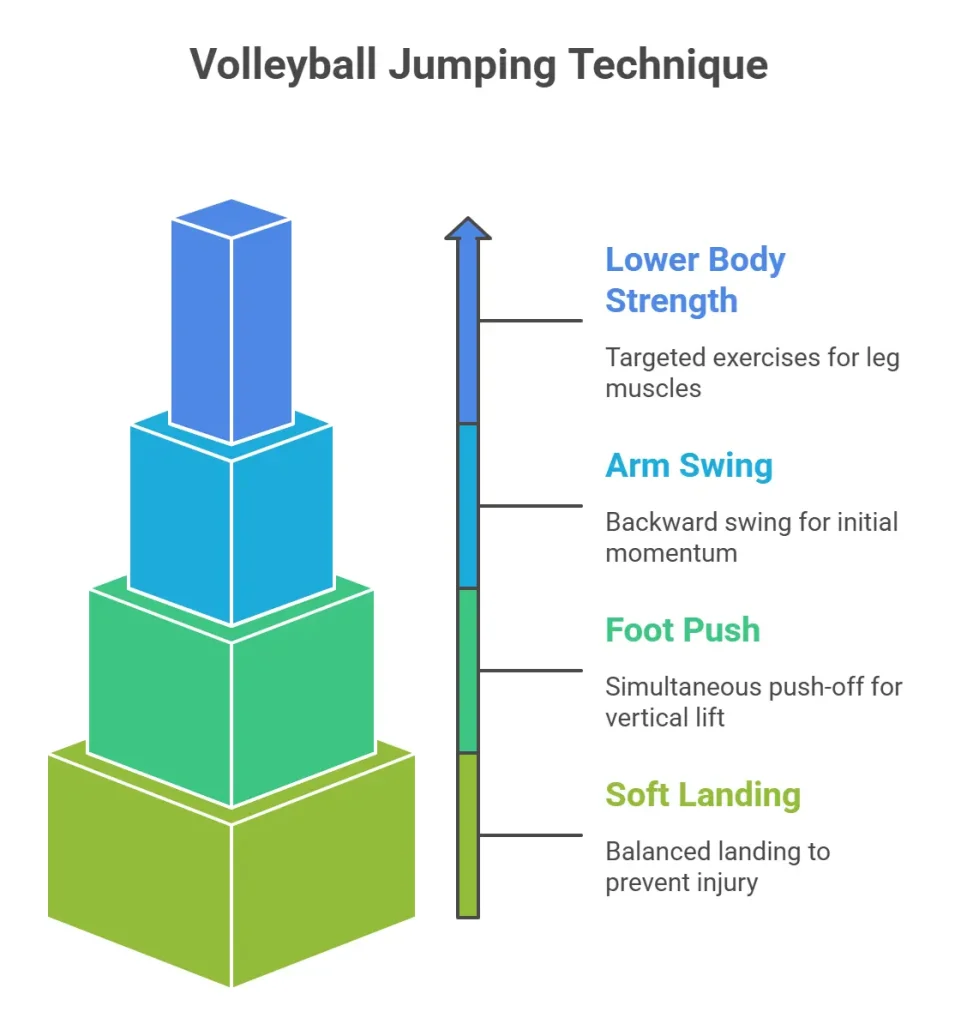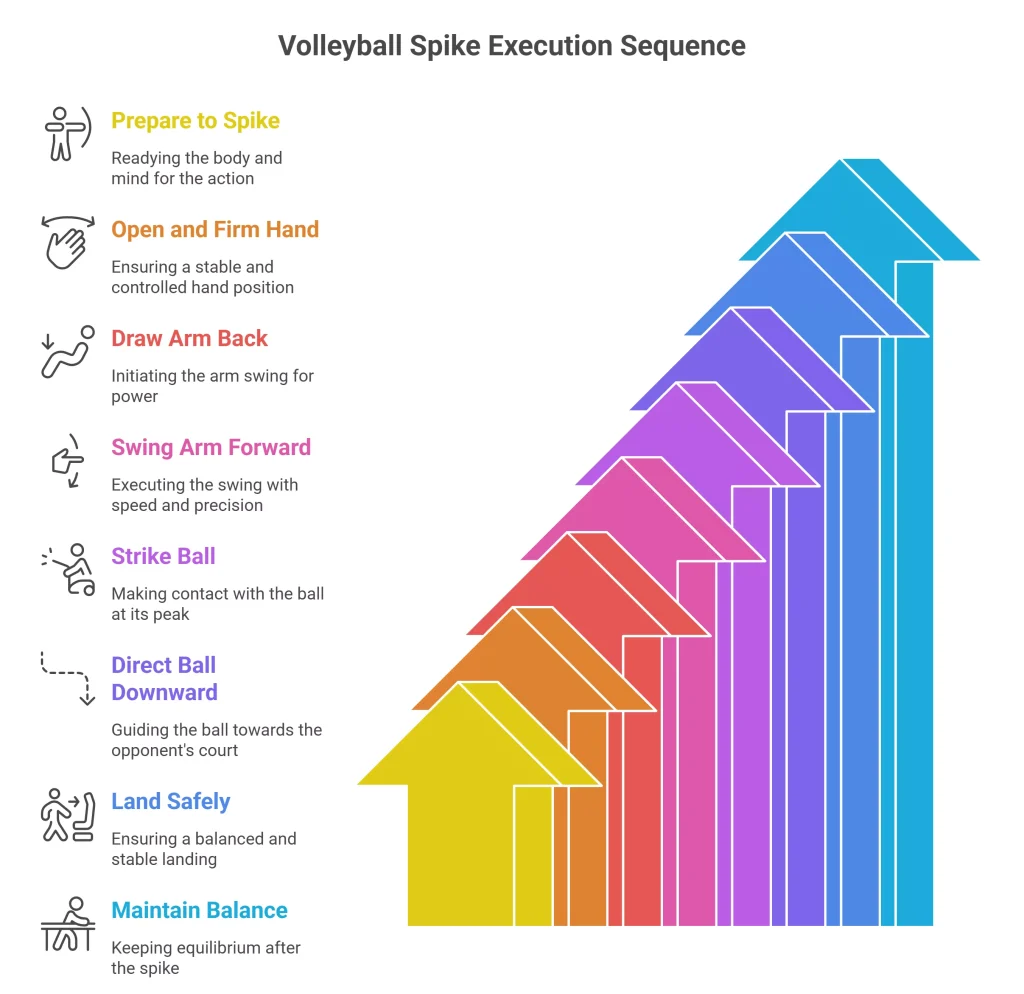The Spike Volleyball story: Best Beginner’s guide

The Spike Volleyball story
SUNCYAN
Android
Game
v5.8.726
This guide is designed for individuals who are new to volleyball and wish to understand the fundamentals of one of the sport’s most dynamic and rewarding skills — the spike. The Spike Volleyball Story emphasizes how coordination, timing, and teamwork come together to create one of volleyball’s most exciting plays.
By the end of The Spike Volleyball Story, you will understand the essential steps involved in spiking, the foundational skills required, and effective ways to practice safely and efficiently.

What’s a Spike?
A spike occurs when a player jumps near the net, swings their arm forcefully, and directs the ball down into the opponent’s court. The Spike Volleyball Story highlights that this move is one of the most powerful offensive techniques in volleyball, combining athletic ability and precise teamwork. Players inspired by The Spike MOD APK can improve their real-life spiking skills through focused drills such as the Approach Drill (step, step, jump) to develop rhythm, the Wall Passing Drill for accuracy, the Jumping Drill to boost vertical reach, and the Partner Toss to refine timing and control.
Spiking is a coordinated effort involving three key players:
- The passer, who controls the initial ball.
- The setter, who positions the ball close to the net.
- The spiker, who executes the final strike.
As The Spike Volleyball Story explains, mastering this coordination requires practice and communication among all team members.
The Spike Volleyball story: Beginner’s guide
Learning the Basics of Volleyball
Before developing the skills required for spiking, The Spike Volleyball Story recommends learning the basic structure of the game.
The game consists of two teams of six players, separated by a net. Each team aims to send the ball over the net and make it land inside the opponent’s court while preventing the opposing team from doing the same.
A standard rally proceeds as follows:
- A player serves the ball to start the play.
- The receiving team passes the ball using a forearm pass (also known as a “bump”).
- The setter positions the ball near the net for a teammate to spike.

According to The Spike Volleyball Story, observing matches — either live or online — can help beginners visualize the game’s rhythm, timing, and teamwork.
Developing Foundational Skills
Before focusing on spiking, players must master several fundamental volleyball techniques. The Spike Volleyball Story identifies these as essential for developing confidence and control on the court.
Passing

Passing, or “bumping,” involves using the forearms to control and direct the ball toward the setter.
Technique:
- Place your arms together, keeping them straight and firm.
- Bend your knees slightly and use your legs — not your arms — to lift the ball.
- Direct the ball accurately toward the setter.
Regular practice, as suggested by The Spike Volleyball Story, improves control and consistency.

Setting
The setter’s role is to position the ball close to the net, allowing the spiker to attack effectively. Although beginners may not serve as setters immediately, observing the technique is beneficial.
The setter’s role is to position the ball close to the net for an effective spike. The Spike Volleyball Story emphasizes observing the setter’s precision, as their technique determines the quality of the spike opportunity.

Footwork and Approach
The approach is the sequence of steps a player takes before jumping to spike the ball. It combines timing, rhythm, and balance.
Basic Approach (for right-handed players):

- Stand approximately 10–12 feet from the net.
- Step with the left foot, then quickly with the right.
- Bring both feet together and jump upward.
As stated in The Spike Volleyball Story, proper rhythm and timing during the approach are key to an effective jump and strike.
Improving Jumping Ability
Jumping height directly affects the success of a spike. The Spike Volleyball Story encourages players to strengthen their lower body through targeted exercises.
Jumping Technique:
- Bend your knees and swing your arms backward.
- Push off with both feet, swinging your arms forward to generate lift.
- Land softly on both feet to maintain balance.

Recommended Exercises:

- Squats: 10–15 repetitions to strengthen leg muscles.
- Jump Rope: 1 minute of continuous jumping to improve power and coordination.
- Calf Raises: 20 repetitions to develop lower leg strength.
As The Spike Volleyball Story notes, regular conditioning improves power and reduces injury risk.
Executing the Spike
When you are prepared to perform the spike, focus on timing, technique, and control.
Steps to Spike Effectively:
- Keep your hitting hand open and firm.
- As you jump, draw your hitting arm backward.
- Swing your arm forward rapidly and strike the top of the ball, directing it downward into the opposing court.
- Land safely on both feet, maintaining your balance.
The Spike Volleyball Story reminds beginners that missing or mistiming the ball is part of the learning process. Consistent repetition leads to noticeable improvement.

The Importance of Teamwork
Teamwork is a defining element of volleyball success. The Spike Volleyball Story stresses that effective spiking relies on cooperation between the passer, setter, and spiker.
Communicate clearly with teammates — especially the setter — during play. Phrases such as “I’m ready” or “Set me” help coordinate timing. Supporting and encouraging teammates also enhances morale and performance.
Practice Drills for Beginners
Consistent training is vital for developing skill and confidence. The Spike Volleyball Story recommends the following beginner-friendly drills:
Volleyball Practice Drills for Beginners
- Approach Drill: Practice your approach (step, step, jump) repeatedly to build rhythm and muscle memory.
- Wall Passing Drill: Pass the ball against a wall, aiming for the same target each time.
- Jumping Drill: Mark a point on a wall and attempt to touch it with each jump. Repeat 15 times.
- Partner Toss: Have a partner toss the ball gently and practice hitting it with an open hand.
Common Mistakes to Avoid
As outlined in The Spike Volleyball Story, new players often make avoidable mistakes that slow progress. Awareness helps correct these early.
- Jumping too early: Wait for the setter to release the ball before initiating your jump.
- Hitting the net: Step back slightly during your approach to avoid contact.
- Swinging too forcefully: Focus on accuracy before adding power.
- Neglecting communication: Always coordinate with teammates to ensure smooth play.
Staying Motivated and Safe
Learning to spike takes patience and discipline. The Spike Volleyball Story encourages players to set measurable goals and prioritize safety.
- Set small, achievable goals. For example, aim to complete five successful spikes in a row.
- Play regularly with friends, classmates, or a local team.
- Track progress by noting improvements in jumping height, timing, or accuracy.
- Warm up properly with stretches for the arms, shoulders, and legs before each session.
The Value of Spiking
Spiking represents both physical skill and strategic thinking. The Spike Volleyball Story highlights that a successful spike reflects teamwork, precision, and perseverance. Each practice session helps players advance toward more powerful and confident performances.
Even beginners can appreciate how The Spike Volleyball Story demonstrates the connection between effort, teamwork, and improvement over time.
Final Words
Your volleyball journey begins with The Spike Volleyball Story. By applying these principles, maintaining consistent practice, and working collaboratively with teammates, you will gradually master one of volleyball’s most exciting techniques.
As The Spike Volleyball Story concludes, the essence of volleyball lies not only in competition but also in teamwork, growth, and enjoyment. Continue to learn, practice, and play with enthusiasm — your progress will tell your own Spike Volleyball Story.






